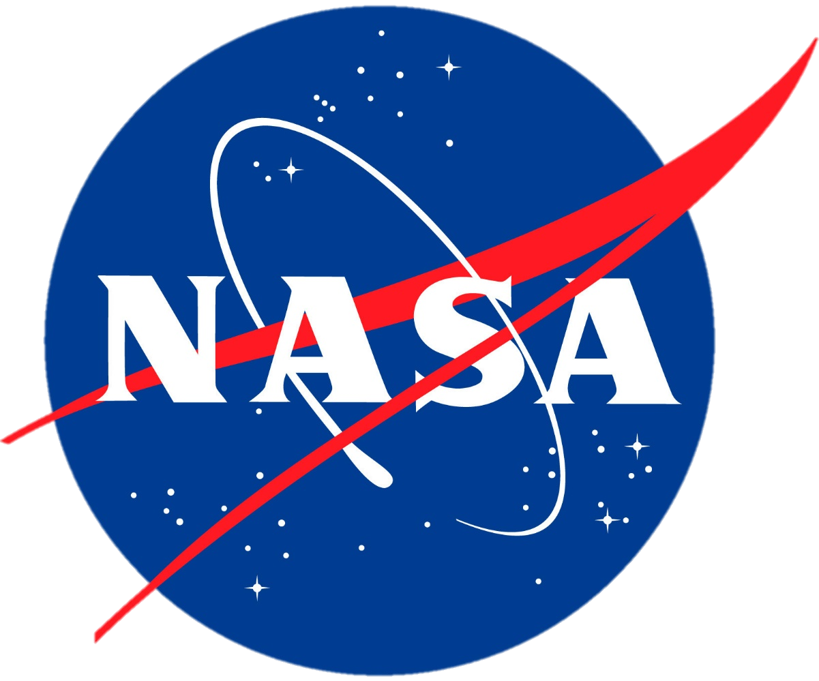Quality of the information
Signals from any channel of communication in general, and from space vehicles in particular, must meet a quality criteria. Therefore, messages to be transmitted between ground stations and spacecrafts, or vice versa, are transformed using some coding mechanisms. The message transmitted contains redundant elements that show whether there were errors in the different stages of receiving and using of information.
The background noise has a random nature and it is mixed with the signal. This may cause errors, so the exchange of coded messages is essential.
There are a variety of encoding methods based on the mathematical properties of sets of symbols or words, used to construct the messages. A first group, containing symbols or control words can detect global errors in received messages without specifying its position.
Another group of more powerful coding methods, as being able to determine the position of the errors in the message, also allow its automatic correction. These are the ones used in most modern missions, but are more complex and need special equipment used both on board the spacecraft and on the ground.
When we want to get a stronger protection against the errors that occur in clusters, we encode messages using two different and consecutive methods, alternating each coded messages among them using the first method, before proceeding with the second encoding.
This type of protection that may seem exaggerated is sometimes not enough when it comes to information that has been previously compressed. Any error in retrieving the information corresponding to a compressed transmission is catastrophic to the decoding process.
